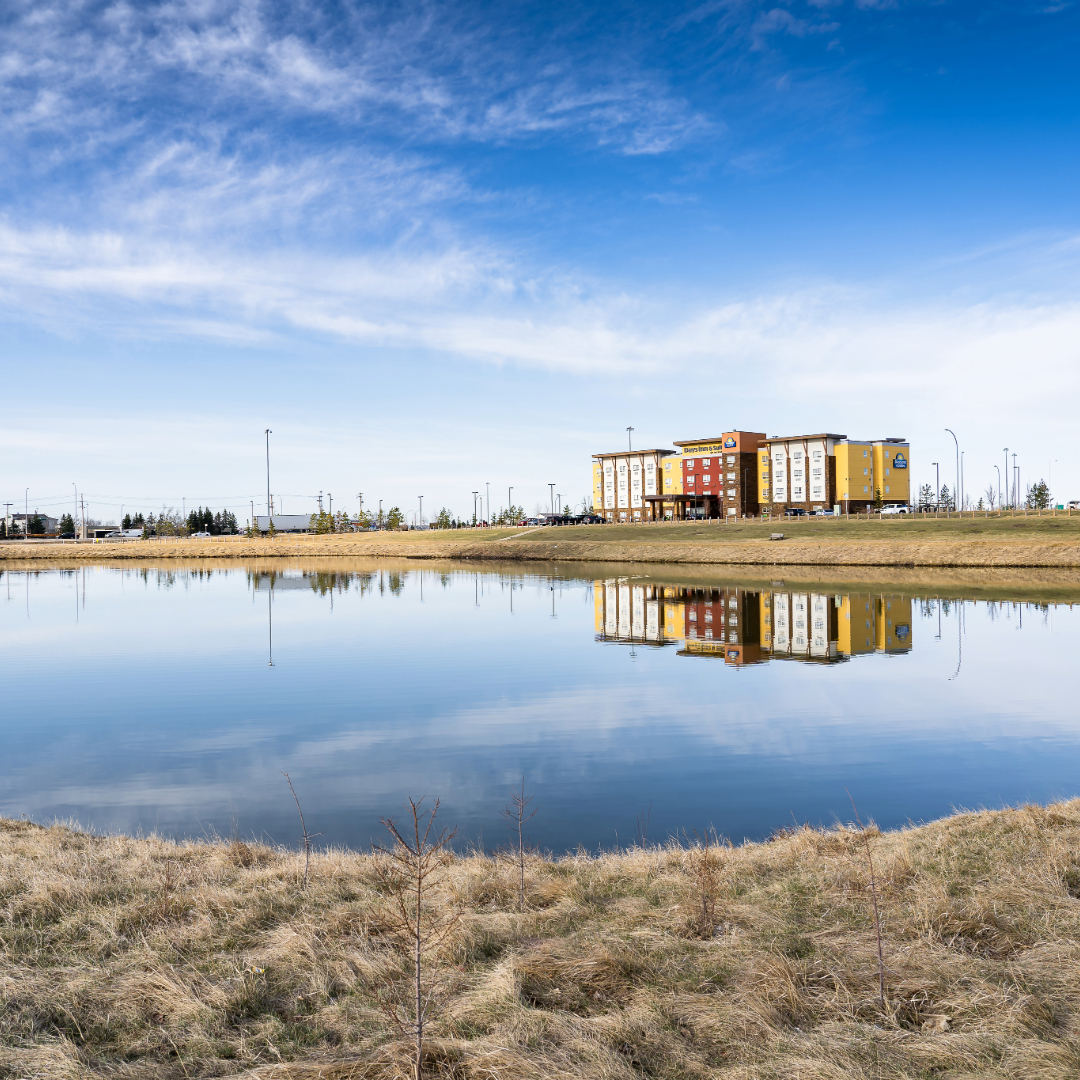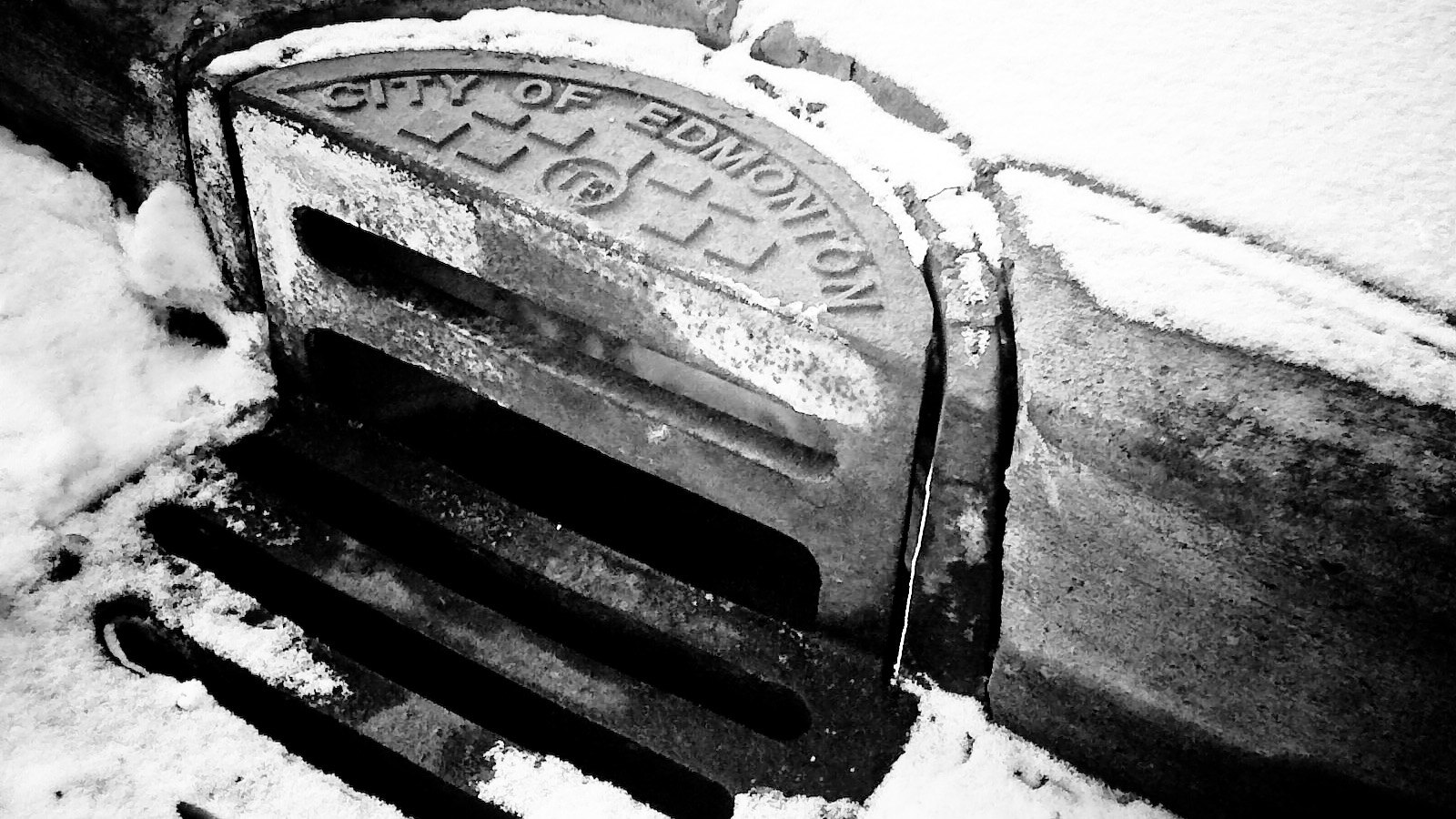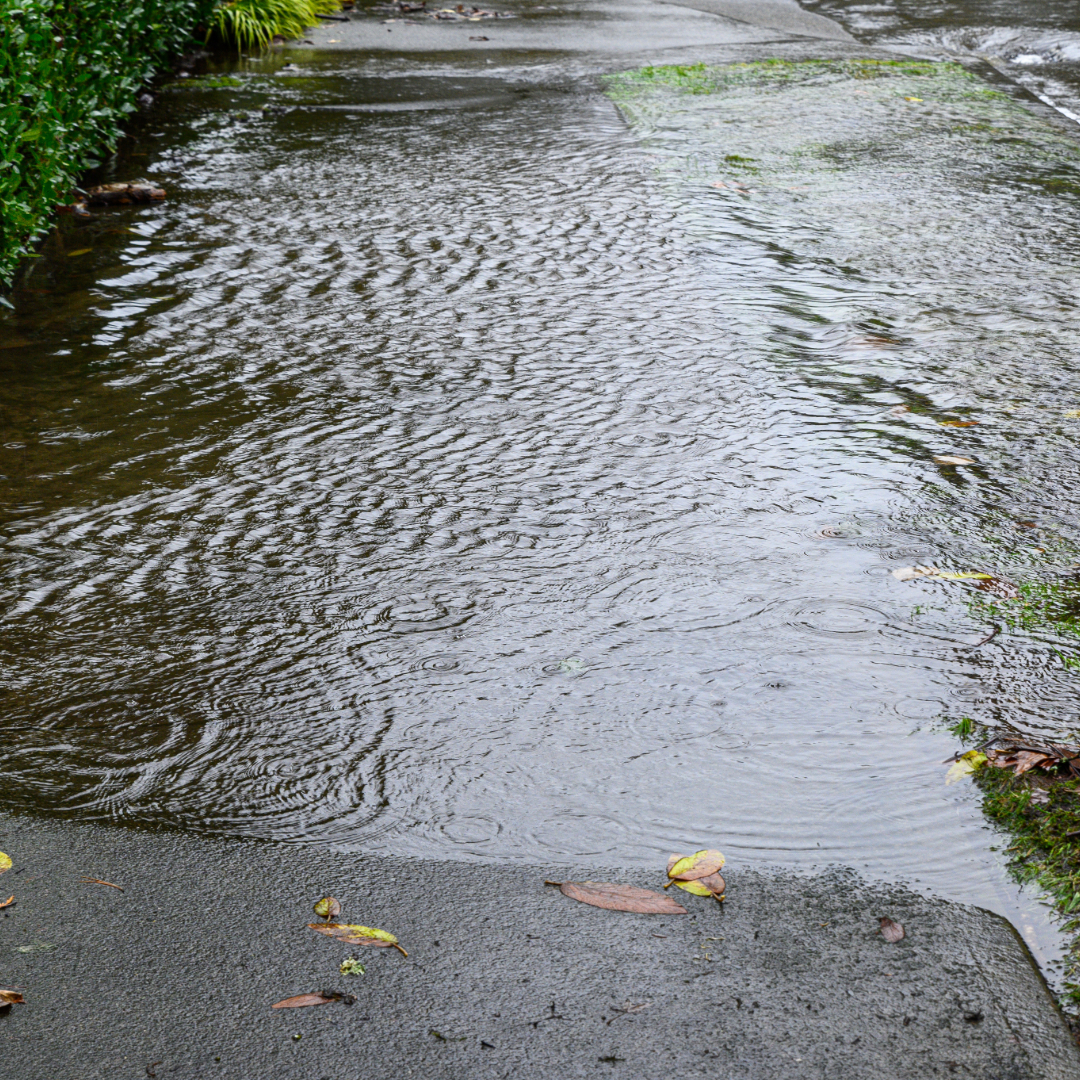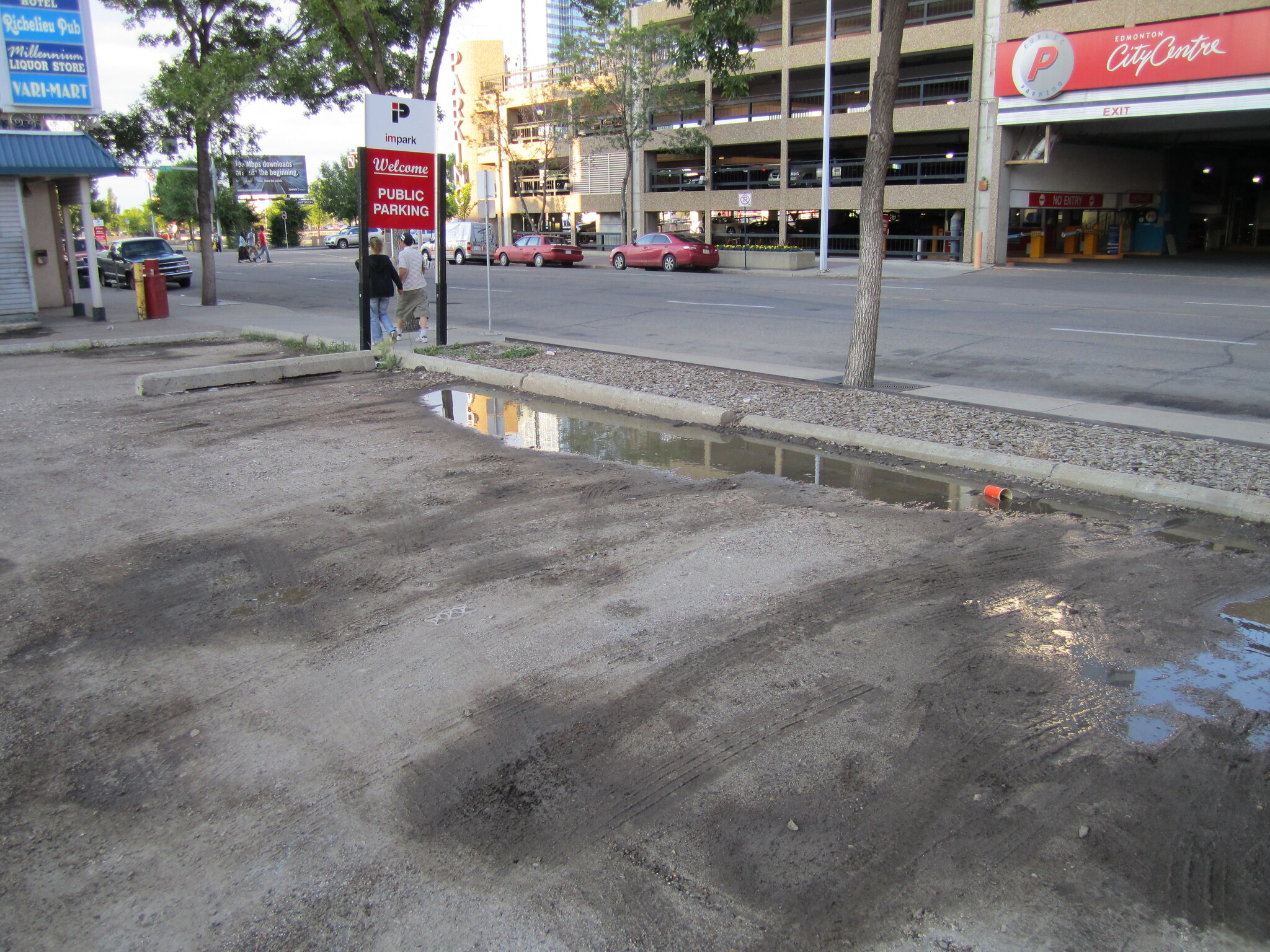Water is essential for life, but when it accumulates in the wrong places, it can become a significant problem. Standing water, which refers to stagnant pools of water that do not flow or drain away, poses a unique set of challenges, particularly for underground infrastructure. From subways and tunnels to utility lines and foundations, standing water can cause extensive damage, disrupt services, and lead to costly repairs. This article explores the causes of standing water, its effects on underground infrastructure, and potential solutions to mitigate its impact.
Causes of Standing Water
Standing water can result from various factors, including:
1. Poor Drainage Systems
Inadequate or clogged drainage systems are a primary cause of standing water. When rainwater or runoff cannot flow freely through drains, it accumulates on the surface and can seep into underground structures.
2. Heavy Rainfall and Flooding
Extreme weather events, such as prolonged rainfall or flash floods, can overwhelm drainage systems and lead to water pooling in low-lying areas.

Stormwater Pond in Airdrie, Alberta
3. High Water Tables
In areas with naturally high water tables, groundwater is closer to the surface, making it easier for standing water to form and infiltrate underground infrastructure.
4. Urbanization
The expansion of impermeable surfaces like roads, parking lots, and buildings reduces the ground's ability to absorb water, increasing the likelihood of standing water.
5. Leaking Pipes and Utilities
Broken or leaking water mains, sewage lines, or irrigation systems can contribute to standing water by releasing water into the surrounding soil.
Impact on Underground Infrastructure
Standing water can have severe consequences for underground infrastructure, including:
1. Structural Damage
Prolonged exposure to water can weaken the materials used in underground structures, such as concrete and steel. This can lead to cracks, corrosion, and eventual collapse.
2. Soil Erosion and Subsidence
Water can erode the soil surrounding underground infrastructure, creating voids and destabilizing foundations. This can result in subsidence, where the ground sinks or shifts, further damaging structures above and below the surface.
3. Utility Failures
Standing water can infiltrate electrical conduits, communication lines, and gas pipes, causing short circuits, service interruptions, and even hazardous conditions like gas leaks or explosions.
4. Mold and Mildew Growth
Damp environments created by standing water are ideal for mold and mildew, which can degrade materials and pose health risks to workers and the public.
5. Increased Maintenance Costs
Addressing the damage caused by standing water often requires extensive repairs, leading to higher maintenance costs and potential service disruptions.
6. Transportation Disruptions
In cities with underground transit systems, standing water can flood tunnels and stations, halting operations and creating safety hazards for passengers.
Mitigation Strategies
To minimize the impact of standing water on underground infrastructure, several strategies can be implemented:
1. Improved Drainage Systems
Upgrading and maintaining drainage systems to ensure efficient water flow is critical. This includes regular cleaning of drains, installing larger capacity pipes, and incorporating green infrastructure like rain gardens and permeable pavements.
2. Waterproofing and Protective Coatings
Applying waterproofing materials and protective coatings to underground structures can help prevent water infiltration and reduce the risk of damage.
3. Pump Systems
Installing pumps in vulnerable areas can help remove standing water before it causes harm. This is particularly useful in low-lying regions or areas prone to flooding.
4. Monitoring and Early Warning Systems
Advanced monitoring systems can detect rising water levels or leaks in real time, allowing for prompt intervention before significant damage occurs.

5. Urban Planning and Zoning
Incorporating flood risk assessments into urban planning can help prevent construction in high-risk areas and promote the use of water-resistant designs.

Flooding in Edmonton, Alberta due to water main break
6. Public Awareness and Education
Educating the public about the importance of proper waste disposal and the risks of standing water can help reduce blockages in drainage systems and encourage community involvement in maintenance efforts.
Standing water is more than just a nuisance; it is a serious threat to the integrity and functionality of underground infrastructure. By understanding its causes and effects, and by implementing proactive mitigation strategies, we can protect our cities' vital systems and ensure their resilience in the face of changing climate conditions and urban growth. Addressing the challenges posed by standing water requires a combination of engineering solutions, effective urban planning, and community engagement, ultimately safeguarding the infrastructure that supports modern life.
Bolson Engineering and Environmental Services is passionate about development. We have partnered with developers across Alberta to streamline their developments. Have a vision? Let us engineer your ideas. Contact us.

